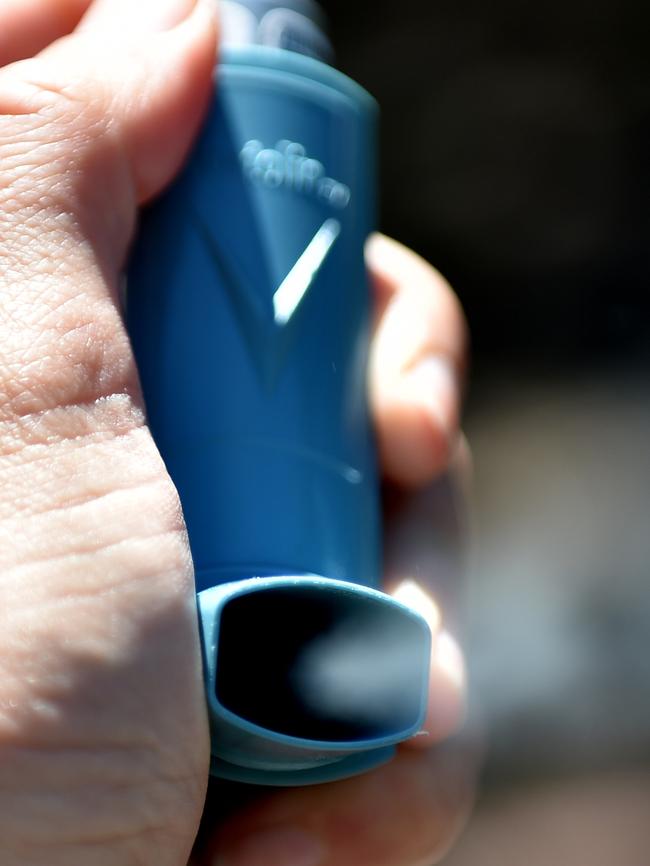Thousands of thunderstorm asthma victims had never suffered lung condition
ALMOST half of Victorians caught up in last year’s deadly thunderstorm asthma event had never been diagnosed with the condition and were unaware of first aid measures.
News
Don't miss out on the headlines from News . Followed categories will be added to My News.
ALMOST half of Victorians caught up in last November’s deadly thunderstorm asthma event had never been diagnosed with the lung condition and were unaware of appropriate first aid measures.
A survey of victims of the freak weather event has highlighted a lack of public awareness of asthma’s potentially fatal complications.
The storm, a rare blend of a high pollen count, northerly winds and humid conditions, claimed nine lives and landed 8500 people in hospital.
MORE: WHAT IS THUNDERSTORM ASTHMA
Findings from an online Asthma Australia survey of 3000 Victorians found 40 per cent of victims had never been diagnosed with asthma, and only a quarter knew the appropriate first aid measures.
“More than 70 per cent of the 3000 respondents reported they had an asthma attack during the event,” Asthma Australia Michele Goldman said.

“A big group of people (40 per cent) had never been diagnosed with it, so had probably never had to understand what asthma was and how to recognise the symptoms.
“A lot of people suffered in their homes throughout the night not understanding what was happening to them,” Ms Goldman said.
More: Coroner will investigate thunderstorm asthma
Tropical storms to drench Melbourne
Of those victims who knew that they had asthma, half knew first aid.
Almost 60 per cent had drugs or preventer medications on hand.

The survey uncovered a cluster of attacks in Werribee and its surrounds, which Ms Goldman said might have been due to the nearby grassfields.
Asthma is more common in people with hayfever; and 90 per cent of people who reported suffering in the thunderstorm asthma event also said they had this allergy.
The findings highlighted the need for asthma education to inform those who might not even be aware they had the condition, Ms Goldman said.
“We have made great progress is recent decades with asthma medication, and hospitalisations have decreased.
“But the problem is that many people don’t see asthma as a serious health issue,” Ms Goldman said.
“You can lead a normal, active life with asthma; however, it can come on very quickly, as this event demonstrates, and it can be life-threatening.
“You can live without air for only minutes, so you have only a very small window to respond appropriately,” Ms Goldman said.


